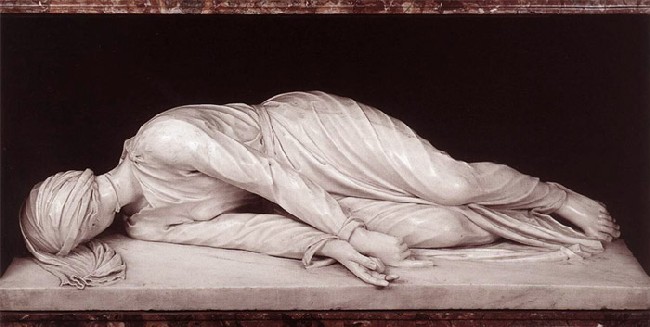[Click any picture to enlarge]
If you have not visited St. Leo Abbey in the last five months you have not seen the repainting and remodeling of the interior of its Church of the Holy Cross. Well, the work is almost finished! It looks great.
St. Leo Abbey is located in west central Florida, USA. This Catholic Benedictine monastery is located about 45 minutes north of Tampa. Benedictine monks welcome guests and you can join the monks in praying the divine office daily in the church.
The abbey’s church’s interior has been repainted with a soft gold/yellow color with highlights. It's beautiful.
The remodeling of the church included eliminating about half of the raised platform (chancel) where the choir stalls for monks and guests had been located.
Previously, the platform had four steps. Now, (top picture) the platform (chancel) of three steps begins much farther back (toward the crucifix) and the platform now contains only the altar, chair, oil lamps, and the ambo (speakers’ podium) and organ, both the ambo and organ are on the left side and out of view in the first picture above. I read a New Advent article on altar steps indicating that there should be an odd number of steps leading to the altar. Now that St. Leo has three direct steps to the altar, the church is more in step with that tradition as well.
The overall platform’s first step still begins where the four-step platform used to begin, so there is plenty of room for the monks’ choir stalls on this lowered part of the old platform. The platform is so low, the monks’ choir stalls have been moved much closer to the edge of the platform because the platform is only one small step for a monk. This creates a feeling that the monks are much closer to the people who sit in the pews — which they are, but being lower also gives a feeling of closeness. The picture below is of the new one-step platform for the monks' choir stalls:

The choir stalls for guests which used to be behind (toward the wall with the crucifix) the monks’ choir stalls have been moved off of the platform and now form the front pews in the nave (where the congregation sits). Here are two pictures of the new location of the choir stalls for the guests:


The picture below is what the platform used to look like — the picture below was taken in 2008 during our retreat (well before any changes) and picture was taken from the right side of the crucifix looking toward the entrance to the church. The choir stalls in the foreground are where the guests used to sit to participate with the monks in the divine office.

The new location for the guest choir stalls means that the guests now face the front of the altar and the large crucifix.
Interestingly, Jesus’ face on the large crucifix is a sculptured version of the face on the Shroud of Turin. The St. Leo Abbey crucifix makes quite an impression on me and I like the new layout of the choir stalls for the guests. Praying with the monks as they sing the divine offices during the day is always a spiritual blessing. And now I face the monks, the altar, and the crucifix of Jesus and I am reminded of obedience, holiness, and love.
In other changes to the interior, the main lights in the nave have been moved to the arches and new lights have been added to the columns.
I blogged previously about the new lectio divina wall in the church.
The remodeling of the church is not totally finished and will include cloth material behind statues on the side walls, but the church already contains a new emblems on the walls. Some of the emblems came from the previous altar carved by Brother Paul — a good link with the past.
The previous interior of the church gave me a feeling of simplicity and a welcoming spirit — very Benedictine. With as much change as has taken place in the church, I was very pleased that those two feelings still exist as strong as ever in the Church of the Holy Cross. But the new interior now gives me more of a feeling of simple elegance and a welcoming spirit of beauty. Yes, the interior now has more to say. Those involved in the planning and carrying out of the work on the church’s interior are hereby given my public thanks. They were able to add elegance to simplicity and beauty to a welcoming spirit — very Benedictine still.
_____________________________
Footnote:
Part 2 of this series. Part 2 of this series of posts is on the historical background of the church.
Part 3 of this series. Part 3 of 3 is about why the abbey church is called the "church that orange juice built."
In the second picture from the bottom, alert blog readers will notice a green thing on the left side of the picture. That's the huge lifting scaffold for the painter. I shot all the pictures of the new interior to avoid the scaffold, except I wanted just a bit of it for reference.
I have been spending much time in quiet contemplation after Easter, but am back at blogging now. I have been very thankful, Alleluia.










Glad you're back, John. I've always preferred Romanesque to Gothic, which is heretical for an Anglican, but there you have it.
ReplyDelete